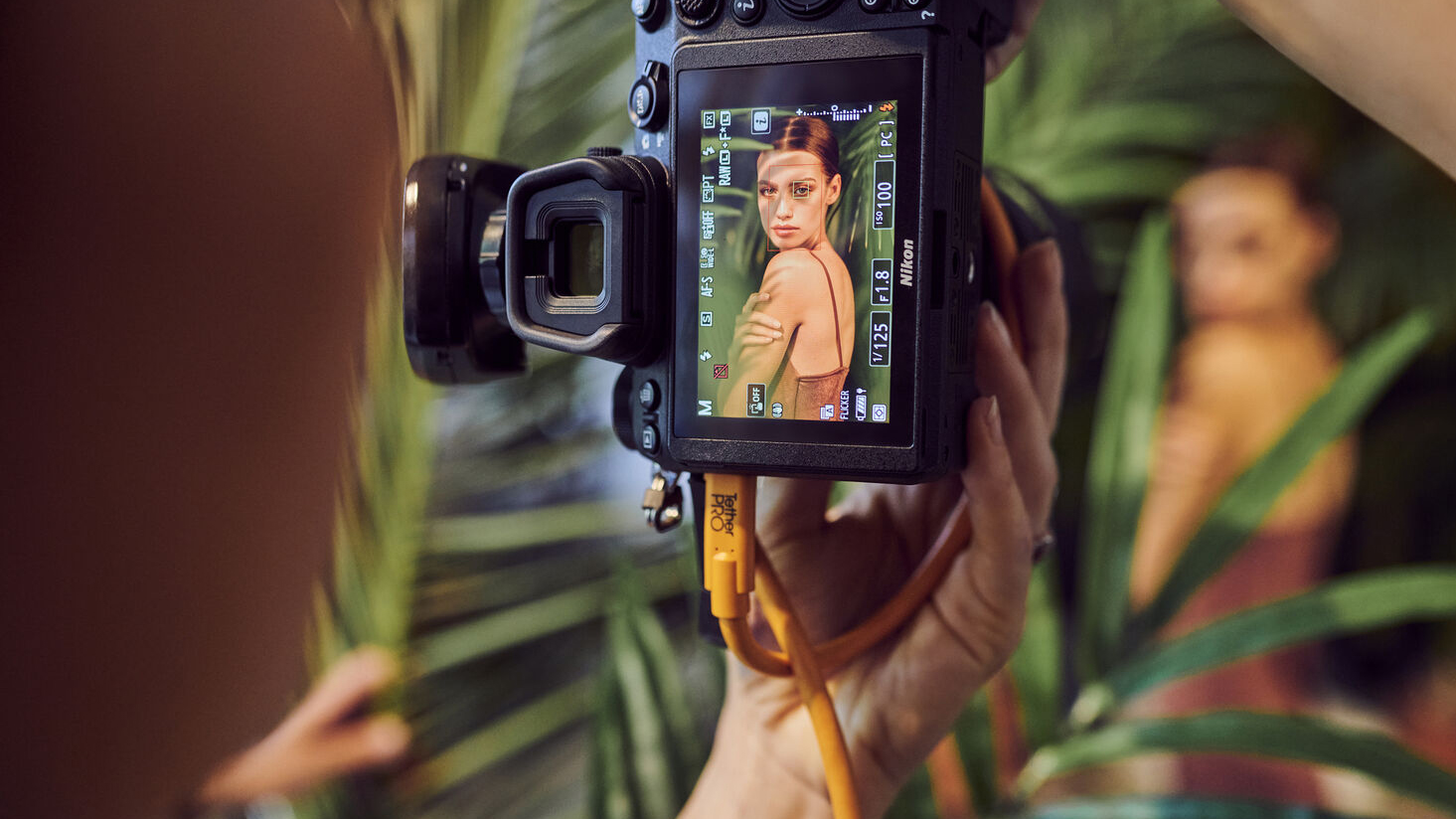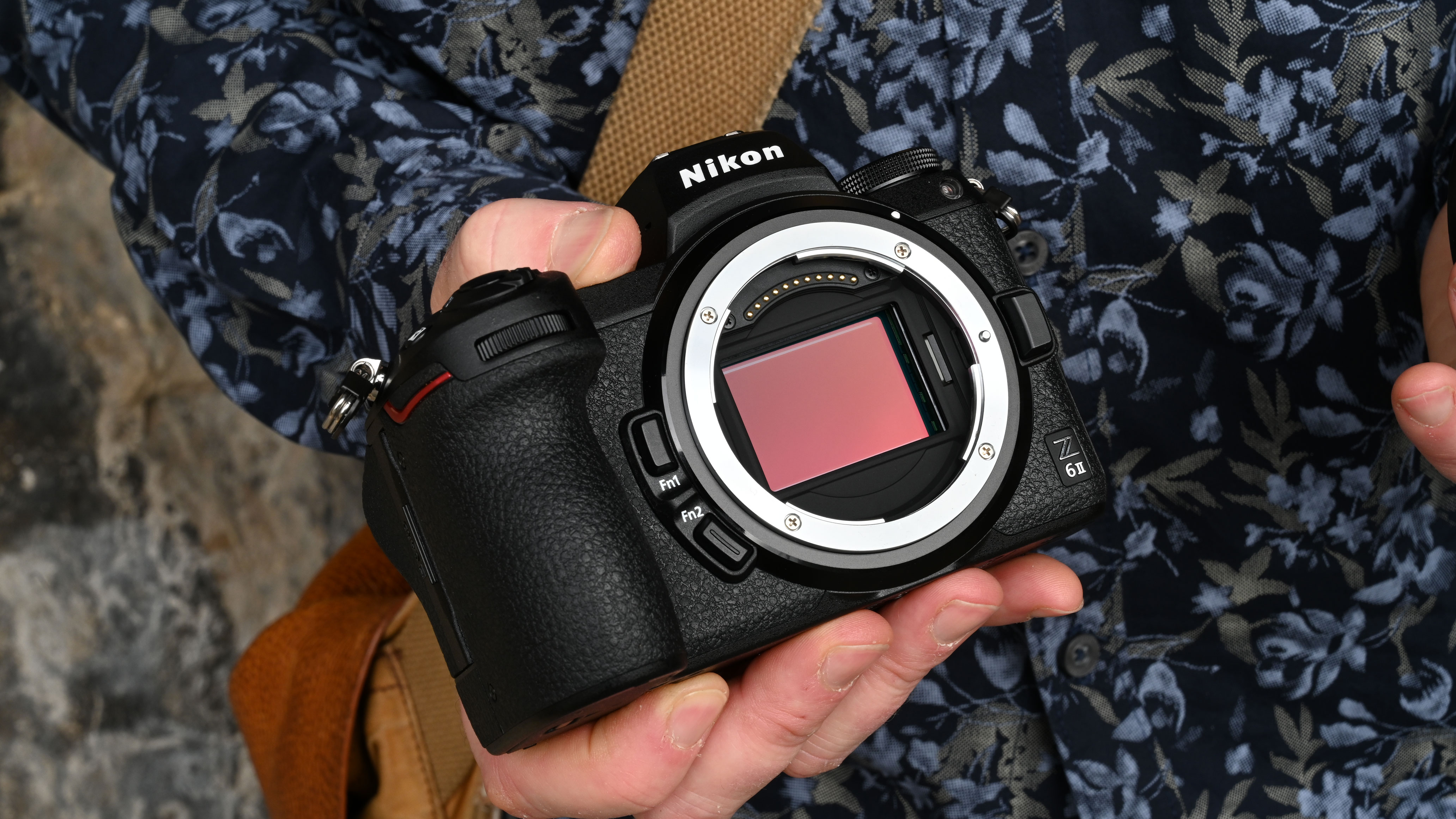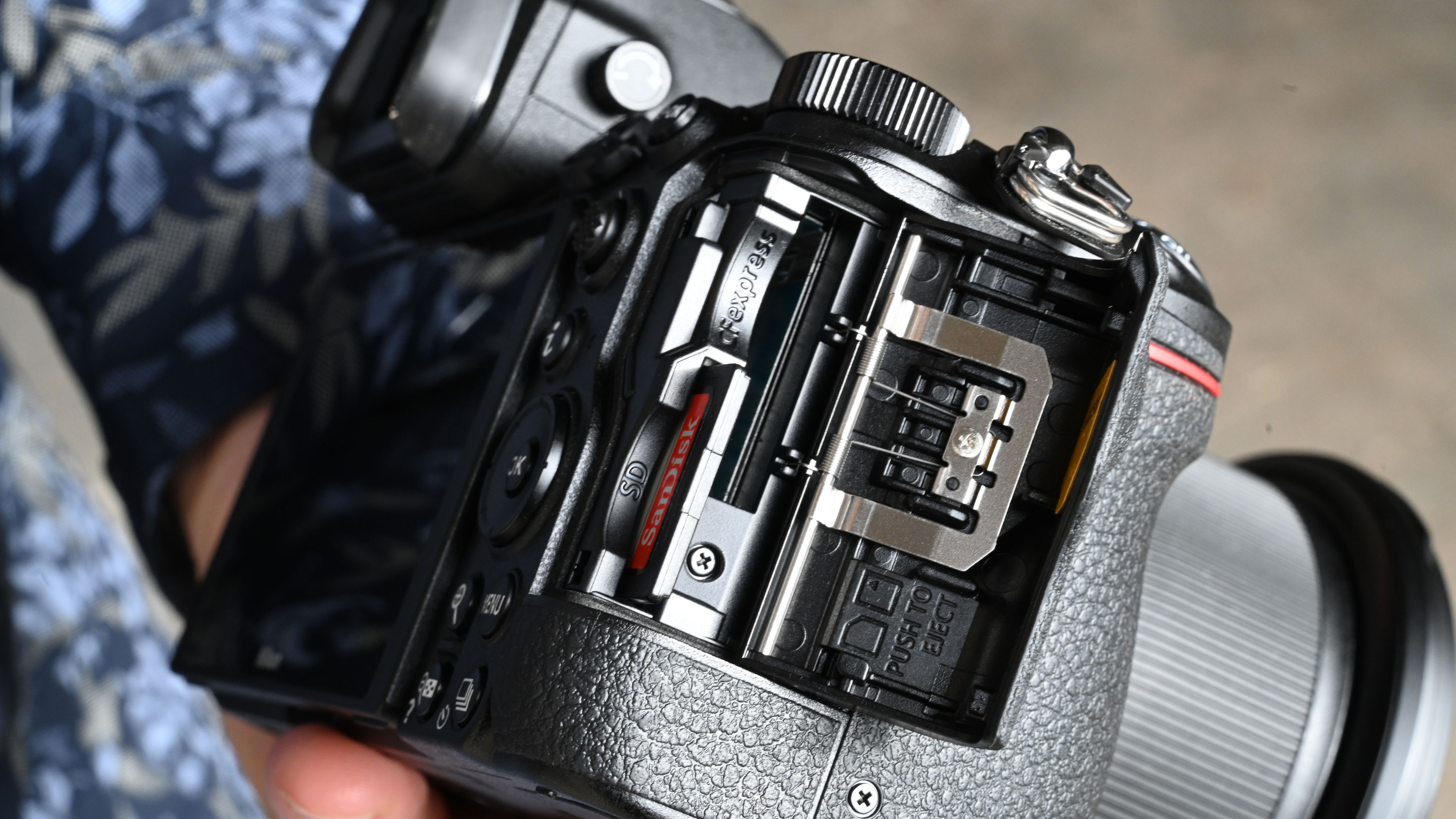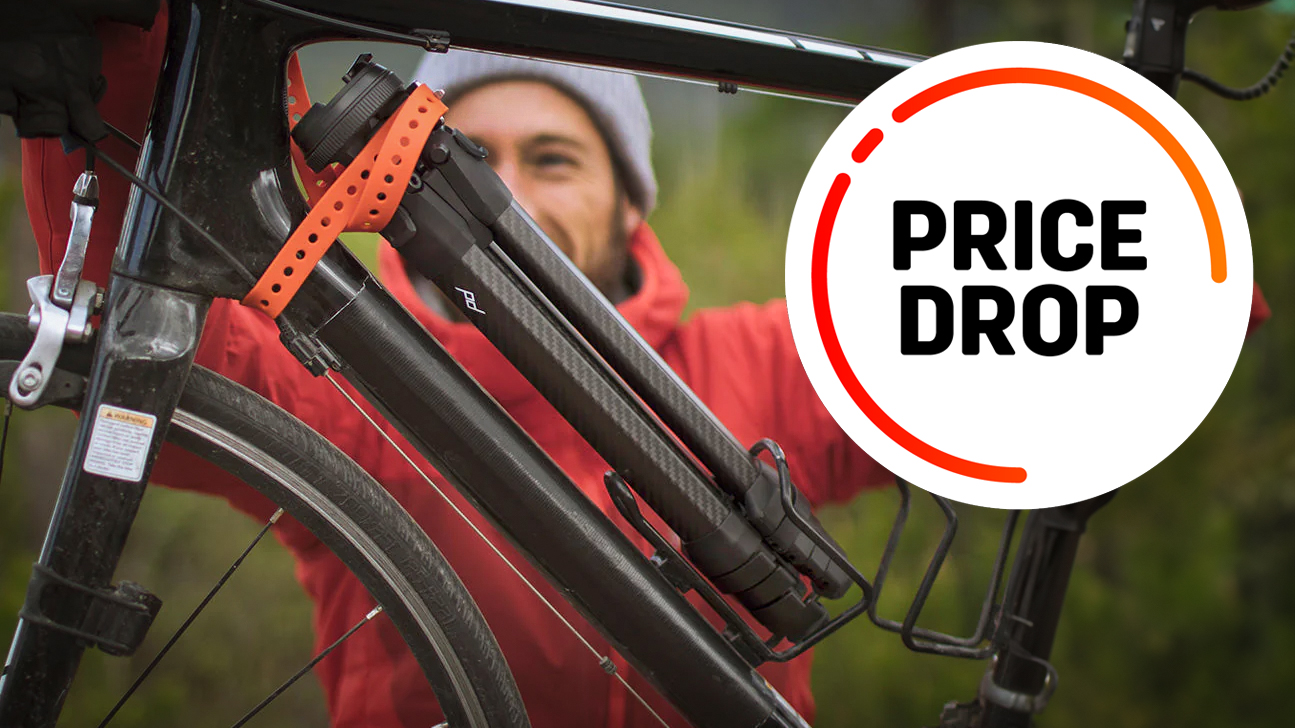I wouldn’t buy the Nikon Z7 II at RRP in a world with the Z8, but it’s still a fantastic used bargain
The Nikon Z7 II can’t compete with the Nikon Z8 new, but used prices tell a very different story

When the Nikon Z7 II launched at the end of 2020, it was Nikon’s de facto flagship mirrorless offering – the Nikon Z9 wouldn’t be released until roughly a year later. But as we approach the camera’s fifth anniversary, picking it up new is still a significant outlay. And in a world where I’ve seen Nikon Z8 deals creep towards the Z7 II’s RRP, I’d always suggest opting for the newer and more technologically advanced Z8, if you can afford it. However, the used market tells a very different story about what is historically one of the best Nikon cameras of the mirrorless era.
I’ve seen Nikon Z7 II cameras go for around $1,500 / £1,000, secondhand, which can be around $1,500 / £1,500 cheaper than comparable used Nikon Z8s. That’s a lot of money. In addition, I always think $1,500 / £1,000 can be a bit of a sweet spot for used buyers looking to pick up pro-grade kit on a budget. I bought a used Nikon D800 at the beginning of 2017 for £1,079, which was a good deal. I think a Nikon Z7 II for roughly around that price in 2025 is a fantastic deal.
So who’s the Nikon Z7 II for? Well, I always think of it as a landscape photographer’s dream. And that’s because, as far as stills photography goes, a landscape photographer could build a career with the Nikon Z7 II. After all, it’s built around a 45.7-MP BSI CMOS sensor, which is capable of producing exquisite imagery.
Now, I know I’m biased because I’m a Nikon fan, but Nikon is known for the image quality of its cameras and the Z7 II is no exception. Another pro-grade feature is the camera’s extensive weather sealing and solid build quality. And let’s not forget that Nikon righted a major sin made by the original Z7 by providing two card slots, one for an XQD or CFexpress and one for an SD card. Add to that a base ISO of ISO64 and in-body image stabilization and there’s no doubt that the Nikon Z7 II is still a very powerful camera for photographers.
Where it falls behind many newer Z-Series releases is both autofocus and video. That’s not to say the Z7 II’s AF is bad, it’s a definite upgrade from the first-gen Z7. But the release of the subsequent Nikon Z9 did usher in a new era of hybrid AF for Nikon, and its DNA can be found in all recent releases, such as the Nikon Z8, Nikon Z6 III, and even the Nikon Z50 II. This is partially due to those cameras featuring Nikon’s latest EXPEED 7 processor, whereas the Z7 II sports dual EXPEED 6 processors.
When it comes to video, the Nikon Z7 II can shoot 4K 60p, albeit cropped, and 1080p 120p. It can also output RAW video, but this is a paid upgrade that requires sending the camera to Nikon. These are respectable video specs, but since the acquisition of RED, Nikon has upped its video game tenfold.
And yet, the fact remains that in 2025 the Nikon Z7 II is still a camera to be reckoned with. For static subjects such as landscapes, architecture, and still life, it’s arguably everything you could ever need (unless you particularly require Pixel Shift). And unless you absolutely need the latest in autofocus technology, the Z7 II would also make a formidable portrait camera. And just because it doesn’t boast the latest and greatest autofocus, doesn’t mean it’s unusable for wildlife and sports photography – I shot motorsport on a Nikon D800 for years. The bottom line is that if you’re working on a budget and want a high-resolution stills camera for the $1,500 / £1,000 mark, this is still one of the best used options on the market.
The best camera deals, reviews, product advice, and unmissable photography news, direct to your inbox!
You might also like...
The Nikon Z9 really did change everything. Here's why it's the most important Nikon camera of the mirrorless era (so far…). Not feeling Nikon? Check out the best mirrorless cameras for goodies from other manufacturers. And if you're into shooting the great outdoors, here are my landscape photography tips.

Mike studied photography at college, honing his Adobe Photoshop skills and learning to work in the studio and darkroom. After a few years writing for various publications, he headed to the ‘Big Smoke’ to work on Wex Photo Video’s award-winning content team, before transitioning back to print as Technique Editor (later Deputy Editor) on N-Photo: The Nikon Magazine.
With bylines in Digital Camera, PhotoPlus: The Canon Magazine, Practical Photography, Digital Photographer, iMore, and TechRadar, he’s a fountain of photography and consumer tech knowledge, making him a top tutor for techniques on cameras, lenses, tripods, filters, and more. His expertise extends to everything from portraits and landscapes to abstracts and architecture to wildlife and, yes, fast things going around race tracks...
You must confirm your public display name before commenting
Please logout and then login again, you will then be prompted to enter your display name.


